At least five Russian military sites near Sweden’s borders have been upgraded in recent years—satellite images from Planet Labs reveal. Imagery from April and May 2025 captures fresh activity at both Soviet-era and post-Soviet bases, including those in Kaliningrad Oblast, on the Novaya Zemlya archipelago, on the Kola Peninsula, and in the Belarusian town of Osipovichi.
On the grounds of an old nuclear storage facility in Osipovichi, the Federation of American Scientists (FAS) notes the construction of a triple security fence, the installation of an air-defence system, and a new rail-loading platform—signs that the site has taken on renewed importance in Russia’s military logistics.
Satellite Images of the Russian Military Base in Osipovichi
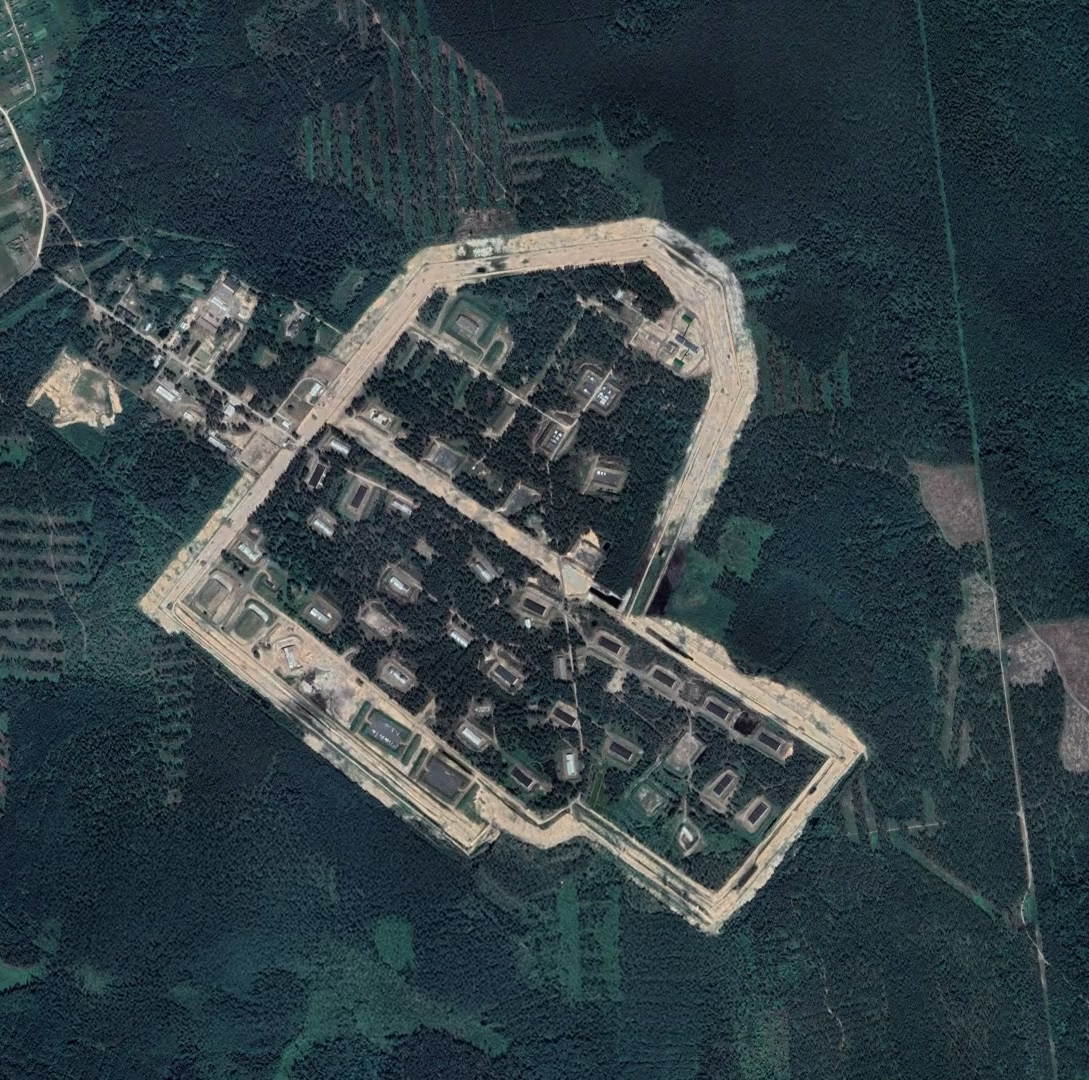
2021.
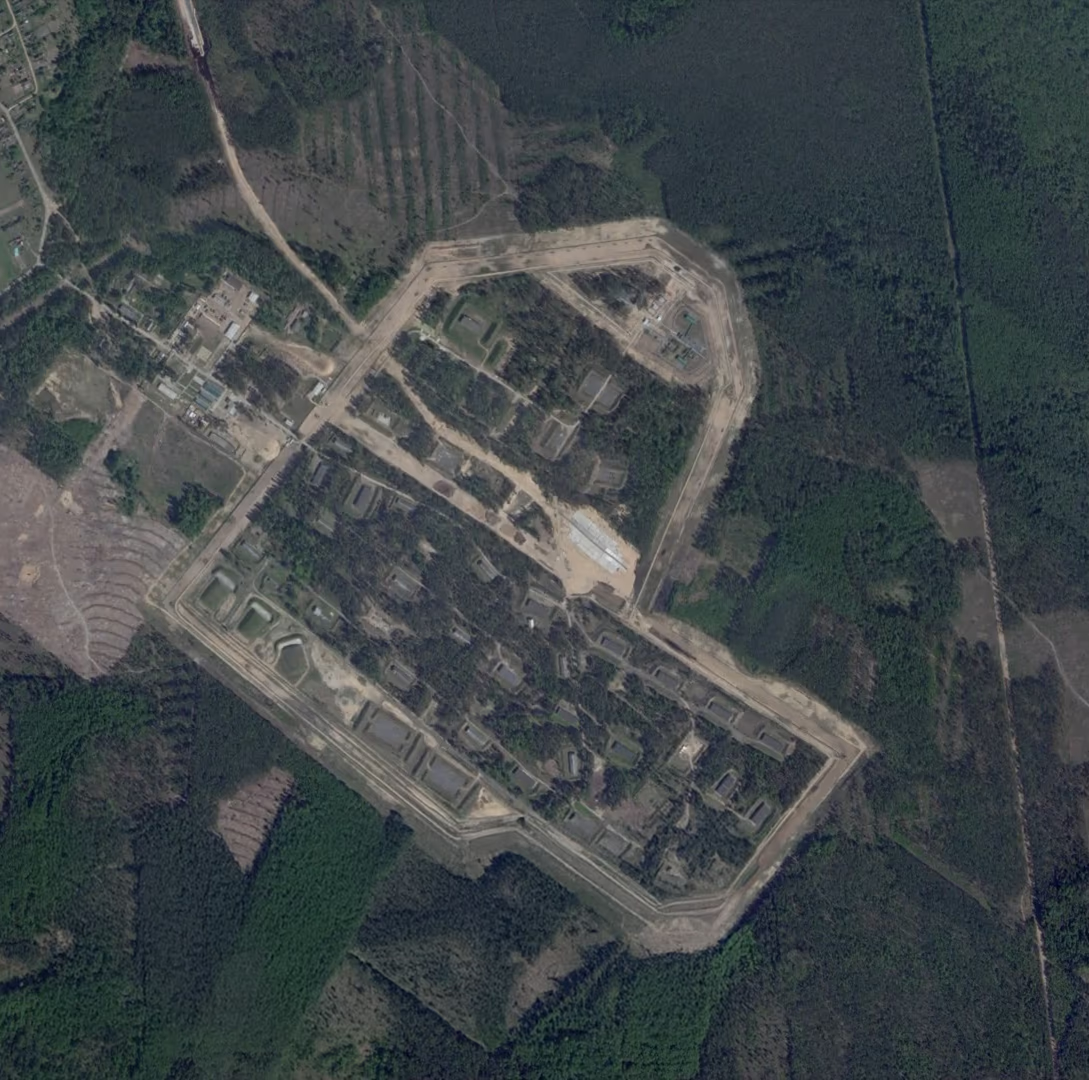
2025.
Just outside Kaliningrad—barely 270 kilometres from Sweden’s maritime border—satellite images reveal new buildings, triple fencing, and modern communications systems. The upgrades have heightened regional anxiety: as early as April 2024, Polish President Andrzej Duda warned that Kaliningrad Oblast could serve as a base for nuclear missiles.
Satellite Image of the Russian Military Base in Kaliningrad Oblast
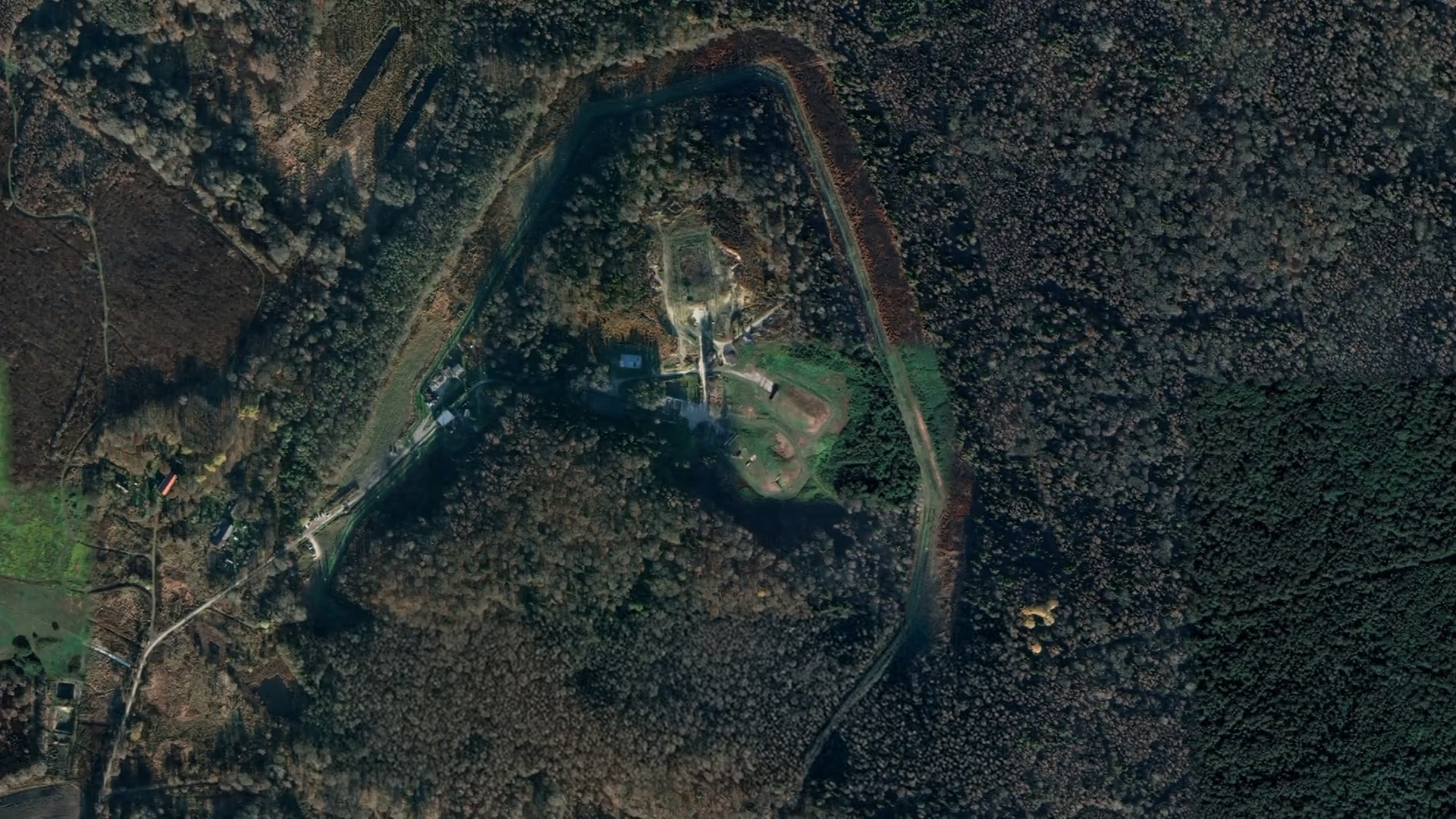
2025.
Activity is also evident on Novaya Zemlya—a testing range used for Soviet-era nuclear detonations. Satellite data further indicate that roughly 50 storage facilities for submarine-launched ballistic missiles have been built on the Kola Peninsula, alongside a new pier for loading them onto submarines.
Satellite Images of the Russian Military Base on Novaya Zemlya
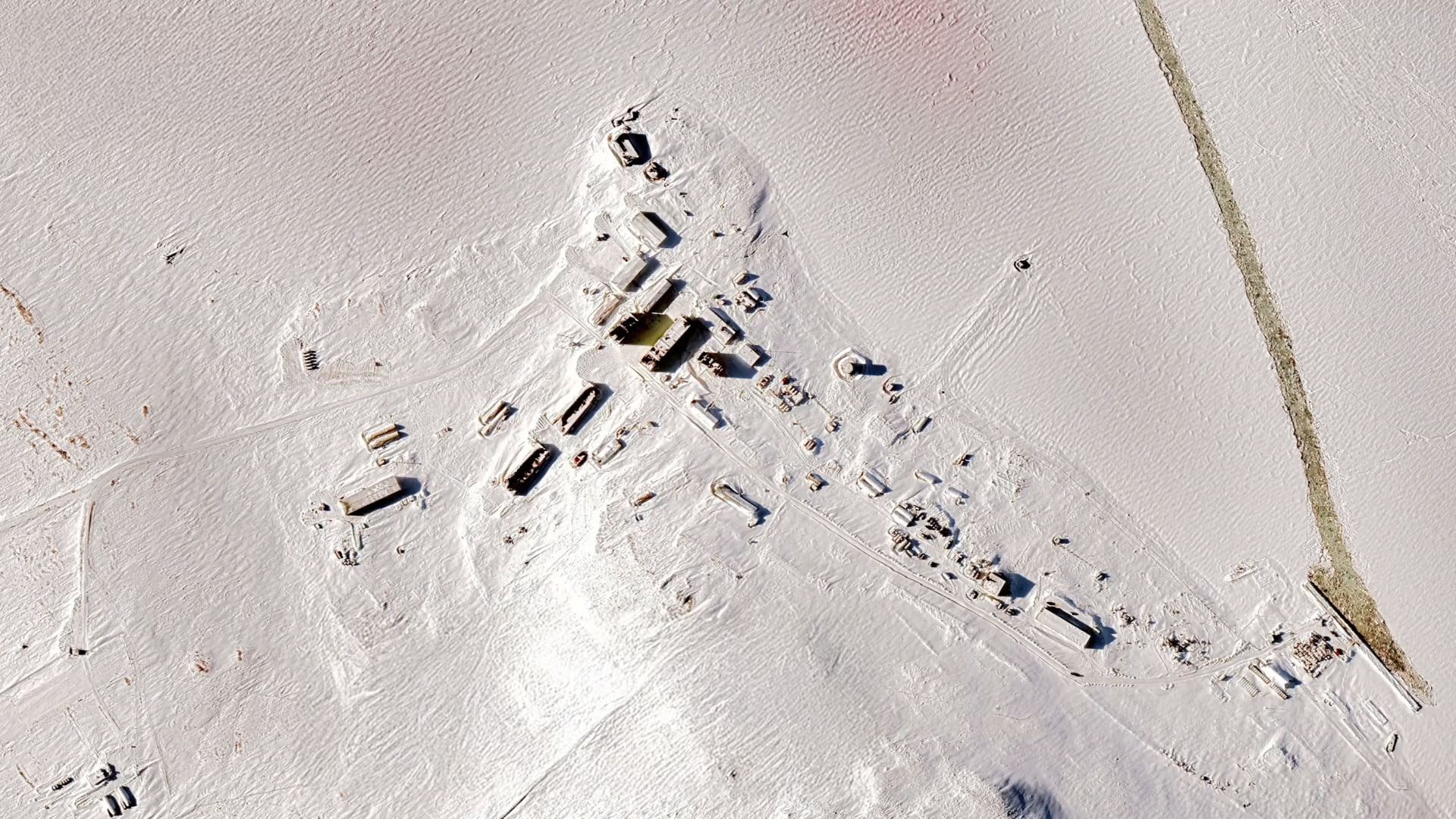
2021.
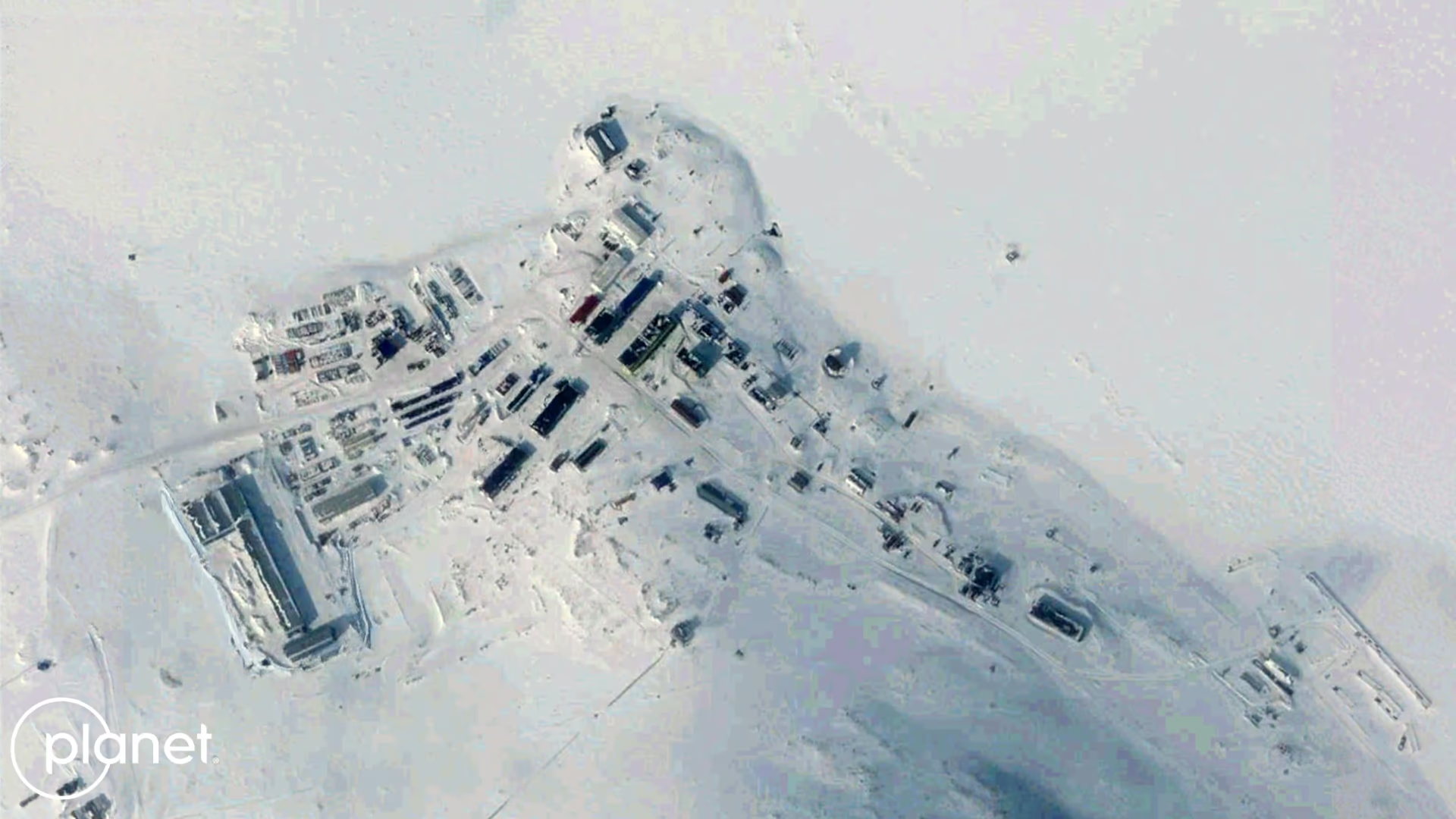
2025.
Satellite Image of the Russian Military Base on the Kola Peninsula
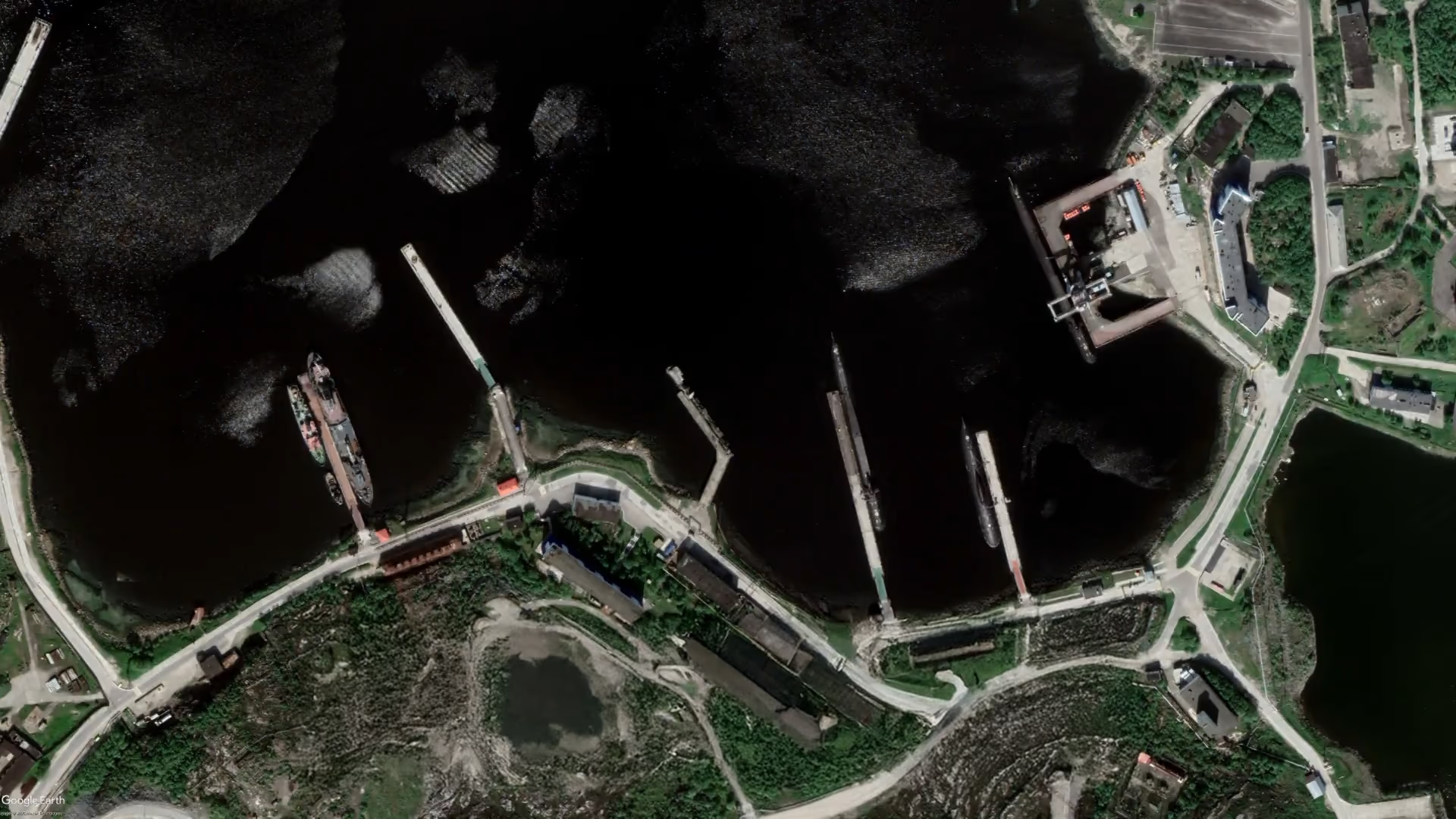
2025.
Swedish Defence Minister Pål Jonson said Stockholm has been monitoring these developments for some time: "We are aware of this and have been tracking the situation for a long period. It concerns both Russia’s investments in nuclear capabilities and the development of a new doctrine."
What Are You Gonna Do About It?
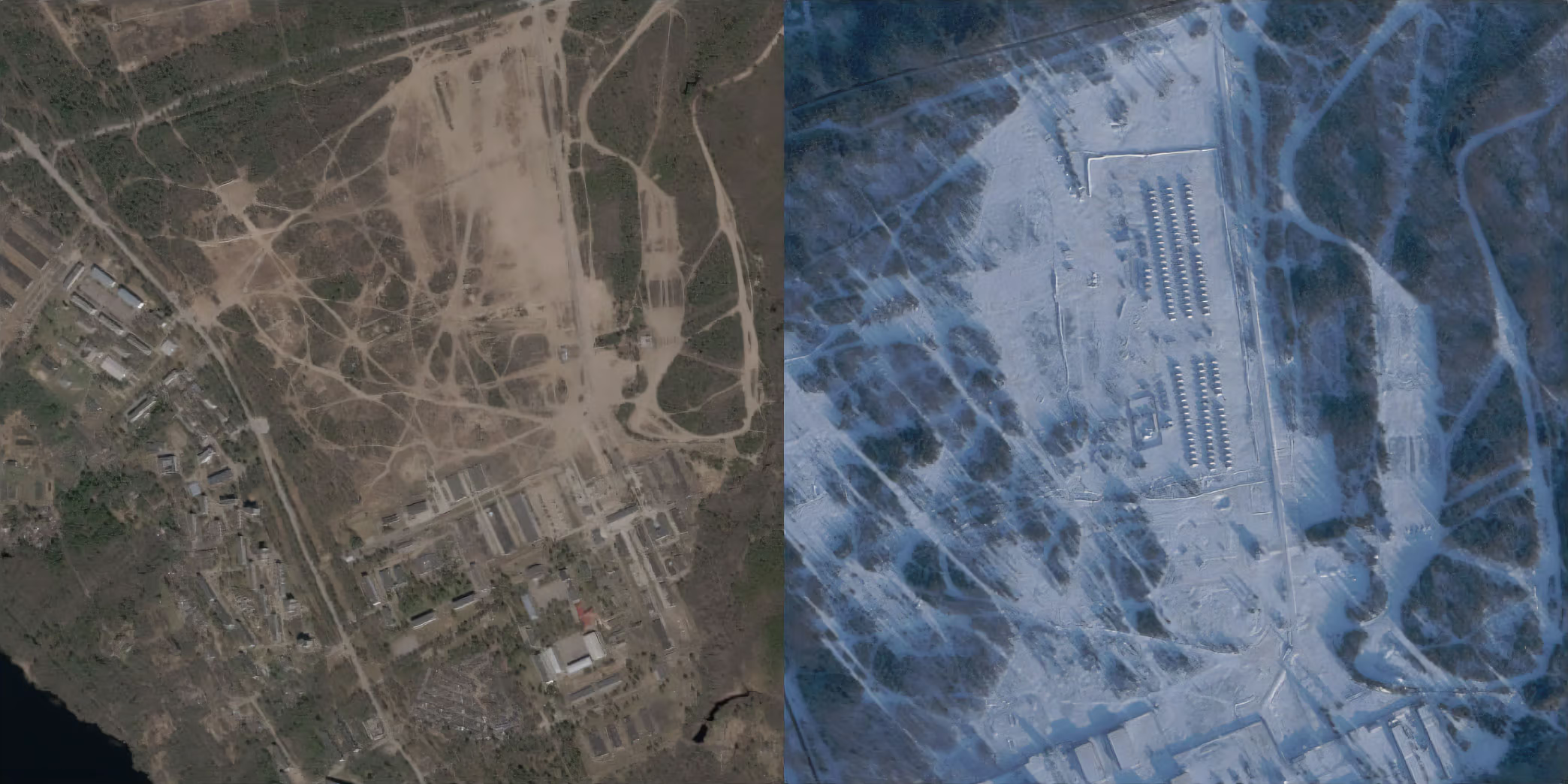
Is Russia Preparing for the Next War?
The Expansion of Military Infrastructure Near Finland, Estonia, and Norway Raises Concerns of a Looming Conflict

A New Border, Old Threats
Moscow Increases Military Presence Near Finland, as Helsinki Responds With Its Biggest Rearmament Since the Cold War

Russia Covers Its Shadow Fleet With Military Aircraft
Does Brussels Have Any Real Tools to Respond—Or Will It Once Again Resort to Rhetorical Concern?

Managed Chaos in the Black Sea
How Russia Is Using the Blockade of Ukrainian Ports as a Political Bargaining Chip

The Crimea Deal: How the Bloodless Annexation of 2014 Paved the Way for New Concessions to Moscow
As Kyiv Holds the Front, the West Debates Whom to Blame and Where to Cut Costs

